With frame 72,5 x 99,5 x 5 cm
Signed lower right
Exhibition: Abraham Mintchine “L’angelo perduto di Montparnasse”, Artisti russi e dell’Est a Parigi, opere dal 1925 al 1962 (Bergamo, Galleria Michelangelo, Galleria d’arte Due Bi, 03.04-09.05.2004)
Publication: Abraham Mintchine “L’angelo perduto di Montparnasse”, Artisti russi e dell’Est a Parigi, opere dal 1925 al 1962, a cura di R. Bellini, Bergamo, Galleria Michelangelo, 2004, p. 47
Orphaned at the age of seven, he entered a Jewish school and later moved to Kiev. He began modeling terracotta sculptures and enrolled in the Sabatovski School of Art, supporting himself by working in a box factory.
In 1912 he arrived in Paris where he was warmly welcomed by the sculptor Marek Szwarc. He settles in the “Ruche” phalanstery sharing the studio with Chaïm Soutine. A year later Dobrinsky falls ill and is forced to leave sculpture for painting. He begins to exhibit his paintings at the Parisian Salons: Salon de la Società des Beaux Arts, des Tuileries, des Indépendants, d 'Automne.
In 1914 he joined the Foreign Legion, but was exonerated for health reasons. On his return to Paris he attended the Académie Colarossi and met Vera Kremer, whom he married in 1926. Since 1930, important personal exhibitions have been staged for him in Paris: Galerie L’Epoque, Galerie Charpentier, Galerie Bosc, Galerie Passali and in London at the Renel Gallery.
His works are characterized by a measured use of matter; Dobrinsky applies light layers of color, loading the brushstroke more in the definition of the shapes, thus making the work very airy and extremely spontaneous. In 1938 Waldemar George wrote of him in “Beaux Arts”: “We can ask ourselves how he transmits the sensations of life and how he animates a body or a face. Dobrinsky has no set procedures. He records and externalizes the visual emotions he feels. [...] Frankish tones, and above all reds of a very rare quality, illuminate his paintings of which one loves the sweet melancholy, the discreet eloquence and the intimate atmosphere ".
After living in the "Ruche" for twenty-seven years Dobrinsky moves to the Rue d’Odessa. In 1942 he left the capital to take refuge in Bergerac; in this period he devoted himself mainly to portraits of him, many of them depicting his son Joseph. After the liberation he returns to Paris.
Between 1947 and 1948 Serge and Rachel Pludermacher opened the Maison-Lafitte school for the children of deported Jews and Dobrinsky was called to paint their portrait.
For many years he went there daily in order to complete the commitment he made. The portraits he makes are very intense and delicate; with a quick and precise stroke he carries out, already with color, the study of faces. In the gaze of every child, Dobrinsky is able to grasp every wound suffered internally; through painting he manages to investigate and dig deep into the soul, without fully revealing the drama of lost innocence but letting it leak out discreetly, to protect the dignity of each individual.
Dobrinsky also leaves a vast corpus of drawings, of fundamental importance for understanding his research; for more complex compositions he creates an overall scheme which he then reproduces on the canvas or cardboard. In the last years of his life, the artist stayed in Paris with the painter Lubitch at Mme Herkulan; many of his drawings were made on the letterhead of the laboratory owned by the latter.
The painting is in very good condition.
We remain at your disposal for further information.


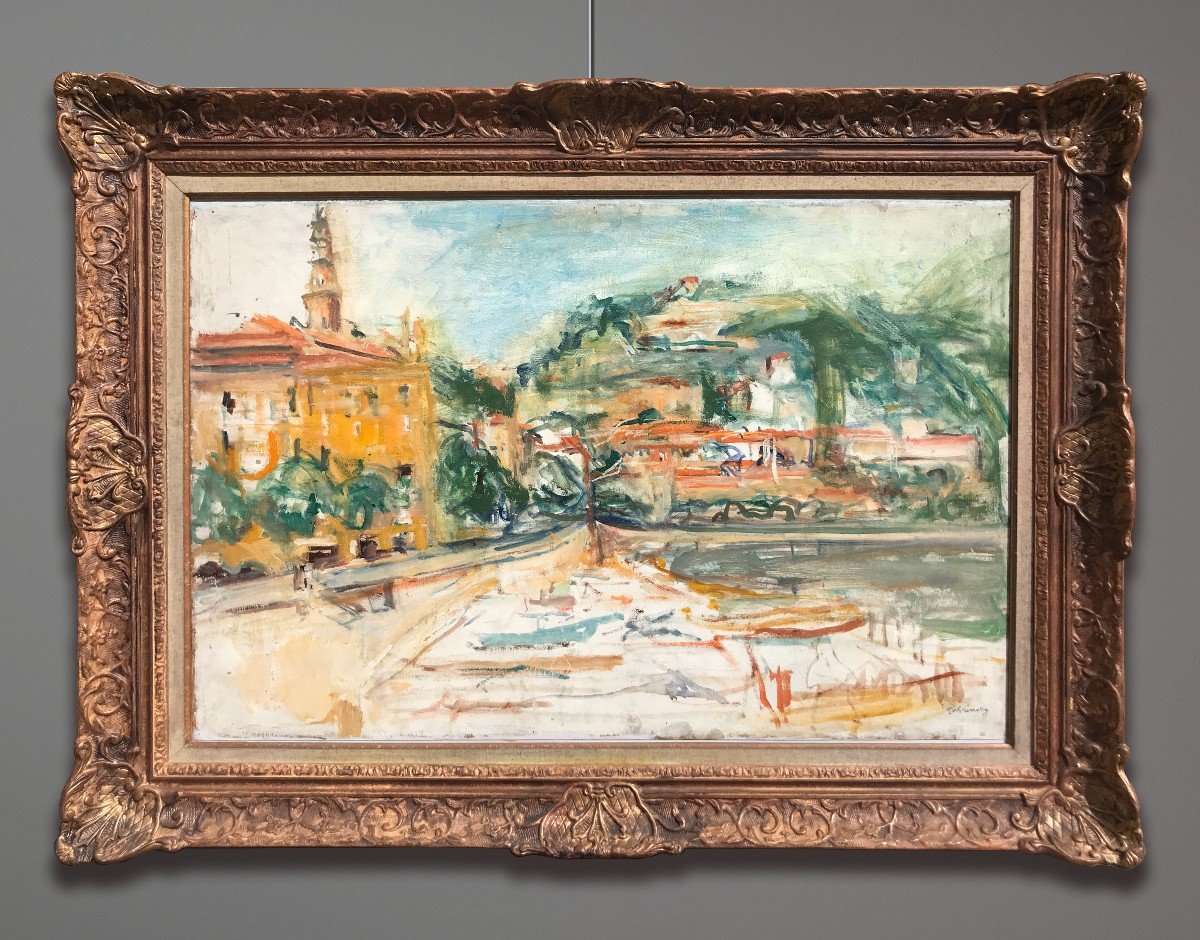

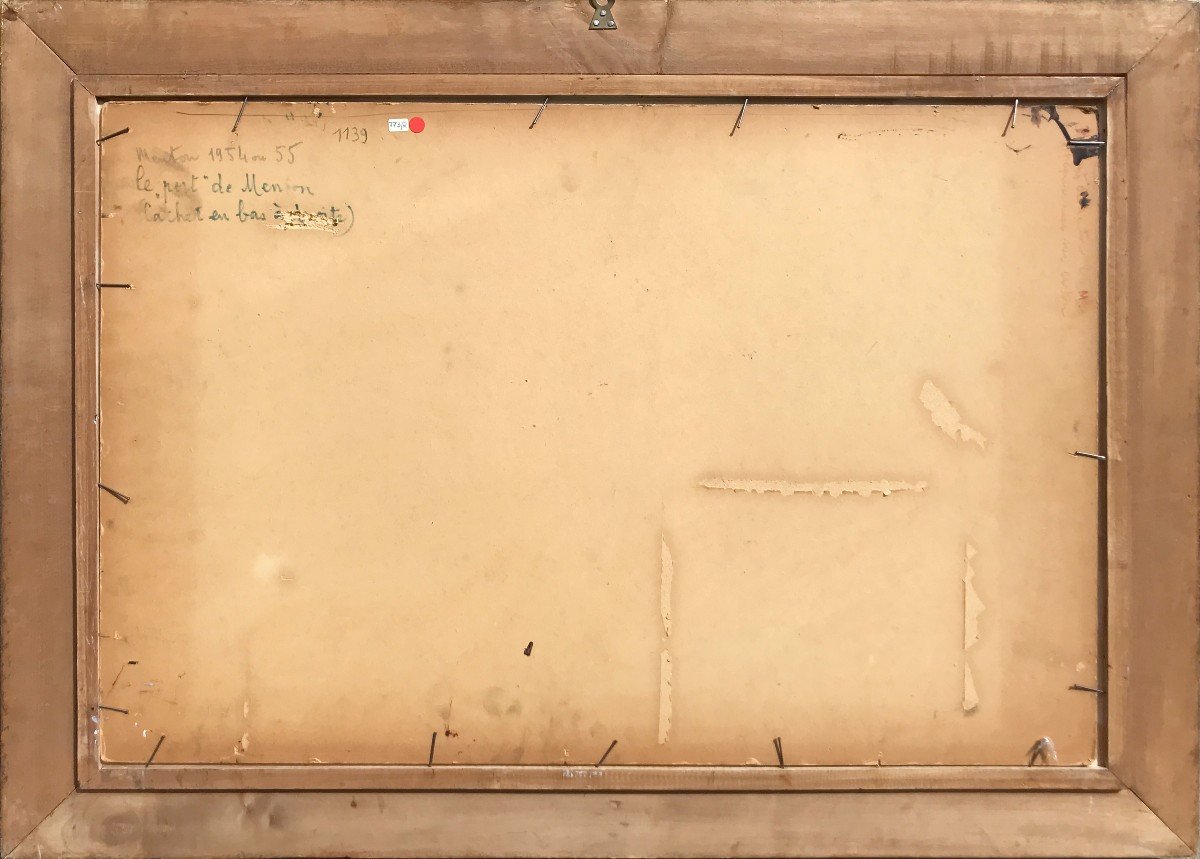
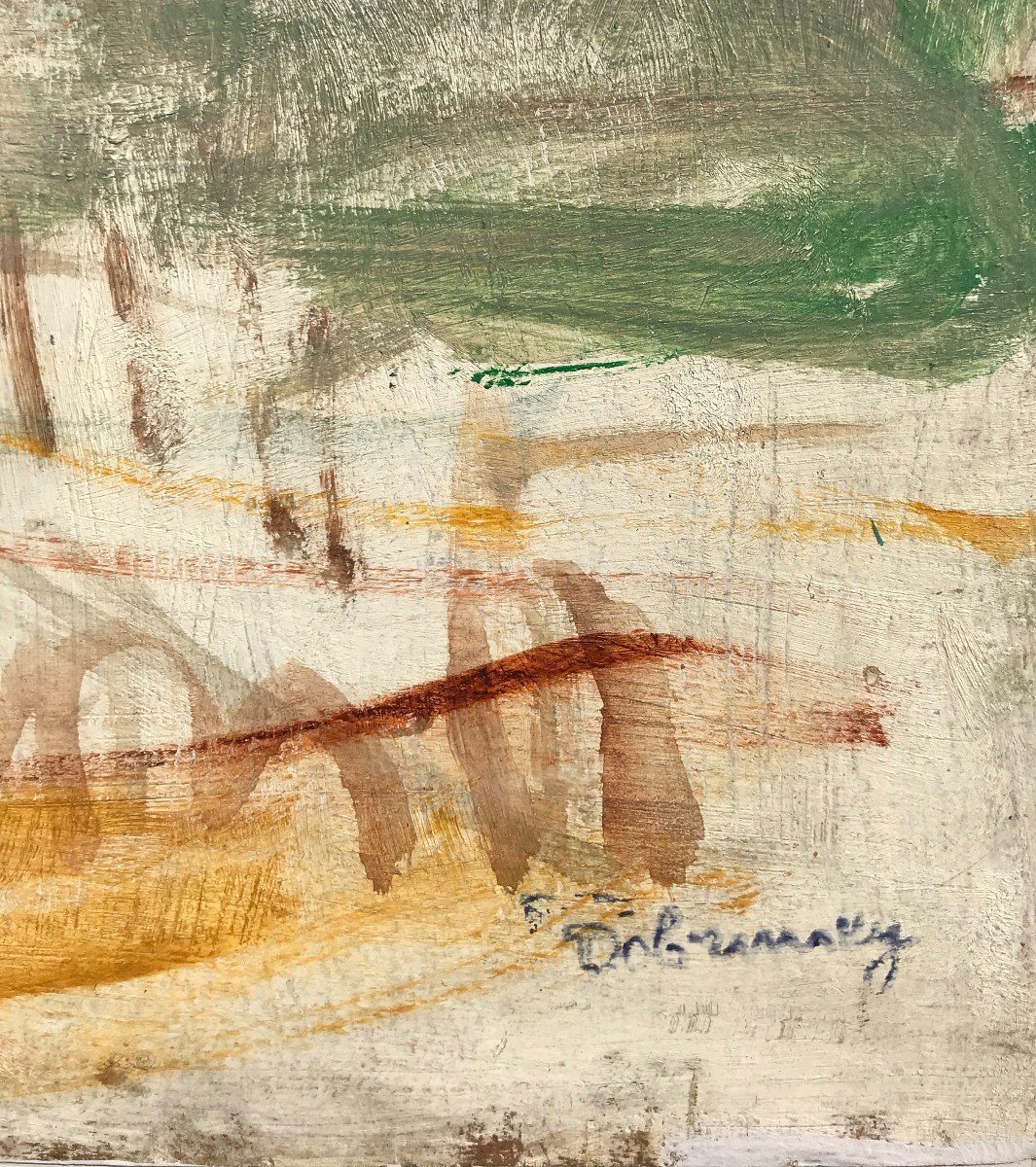
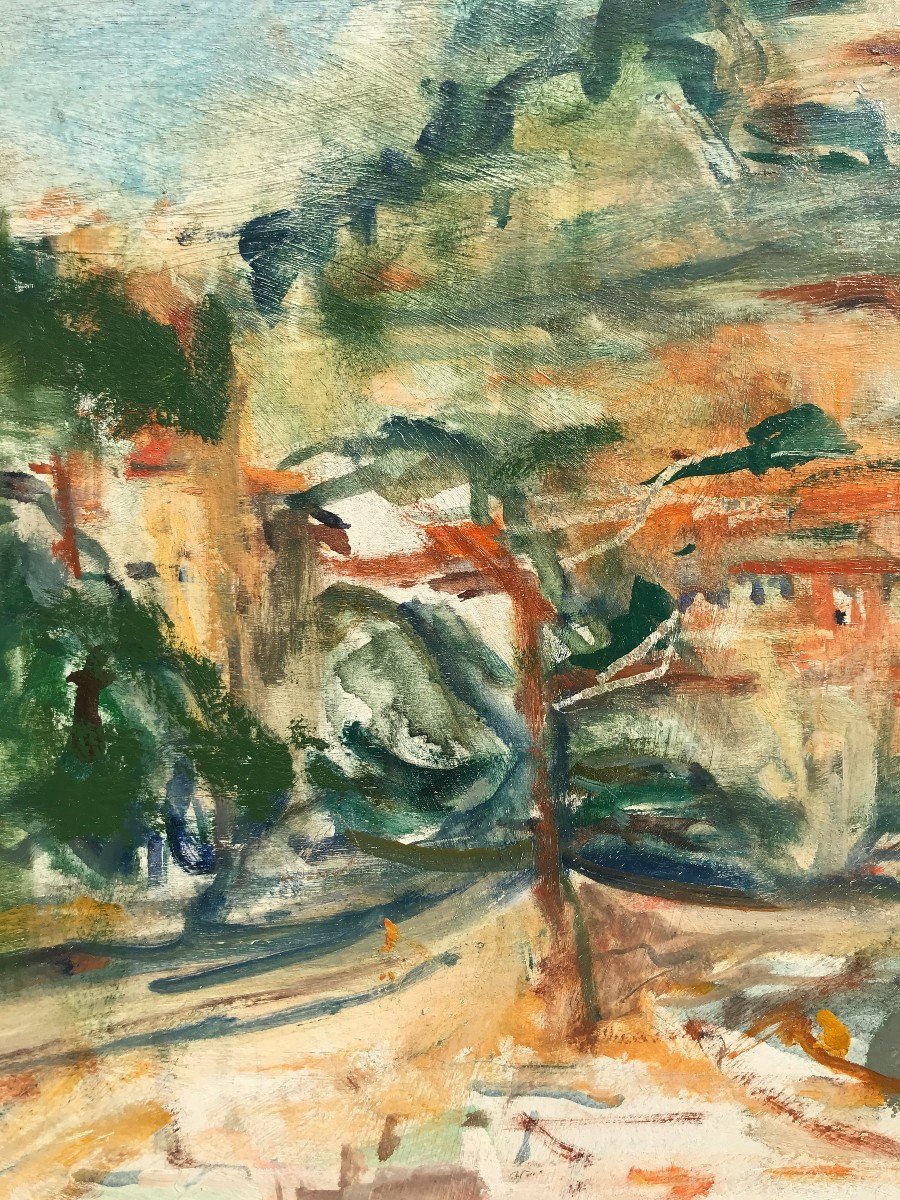

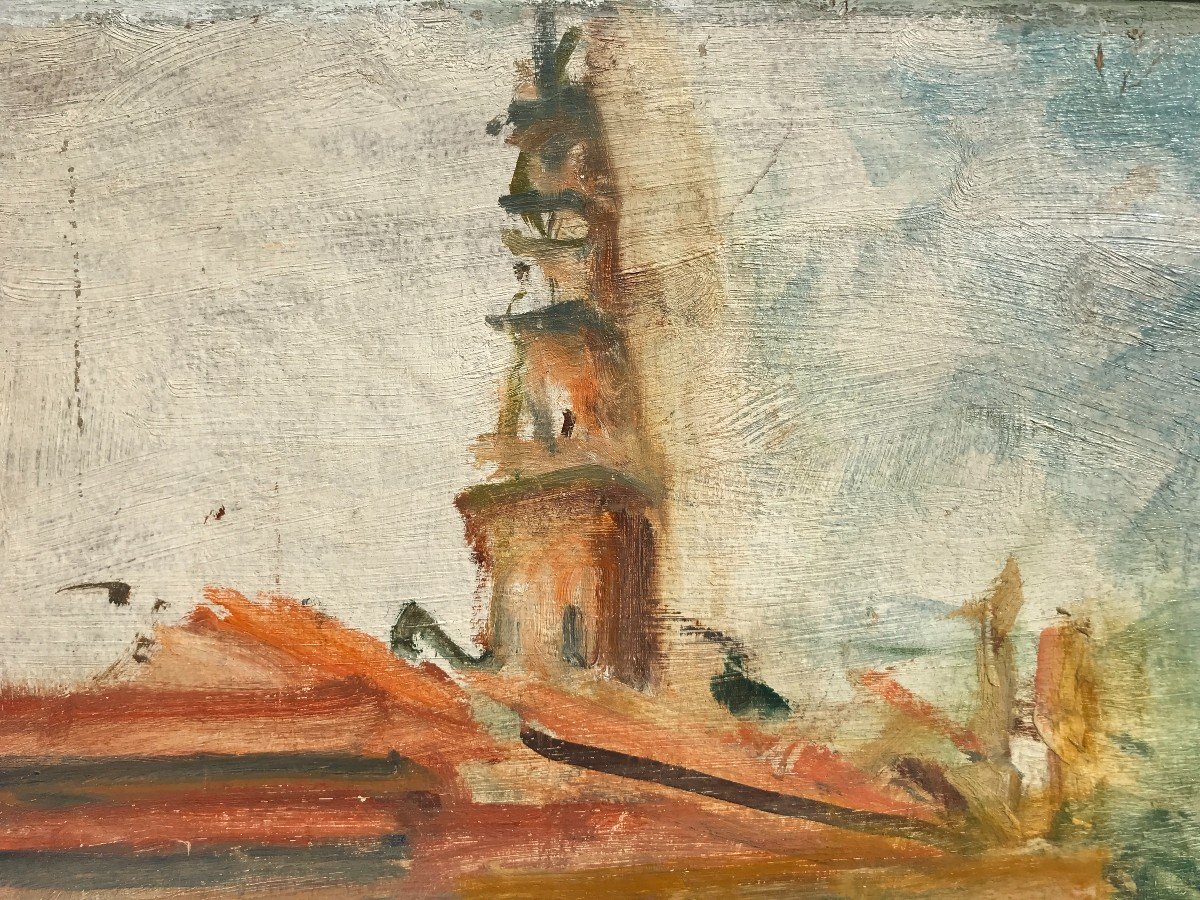
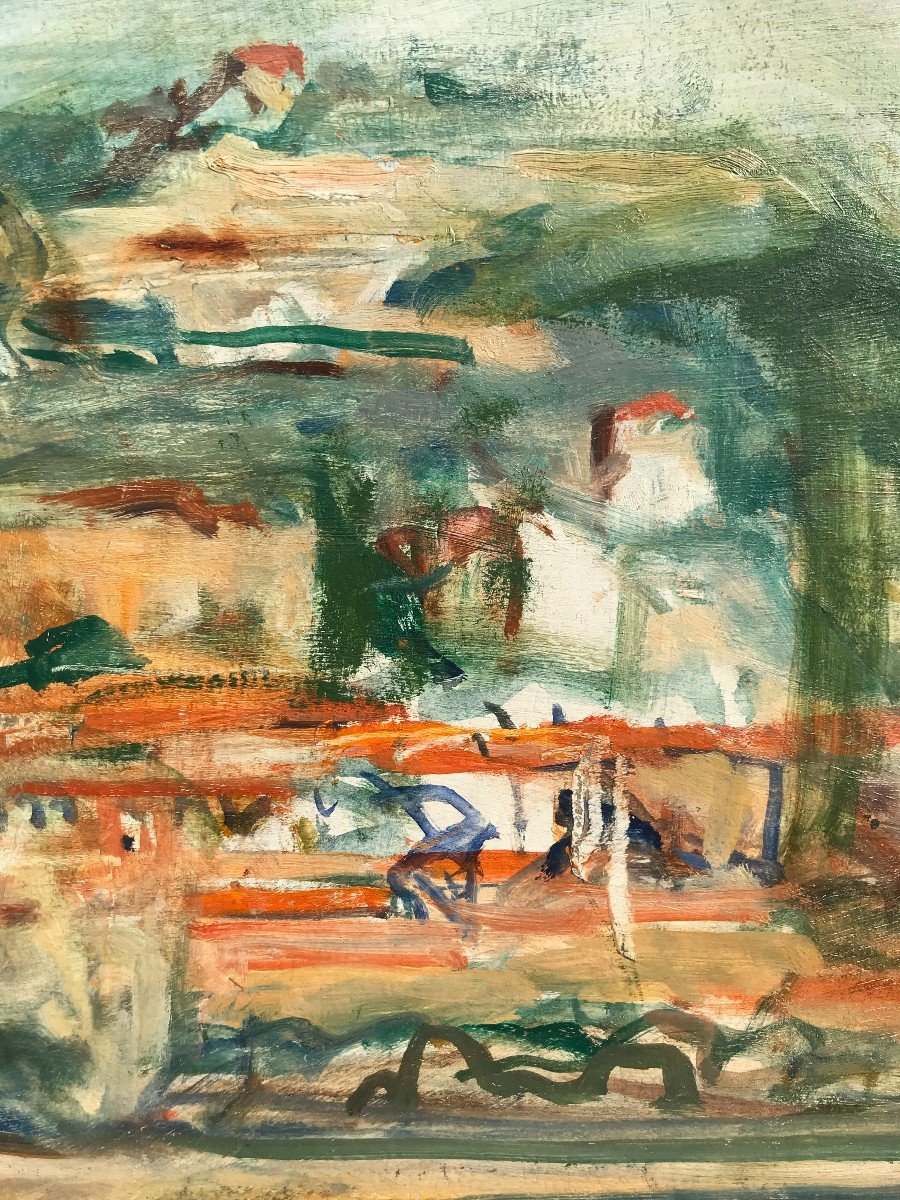
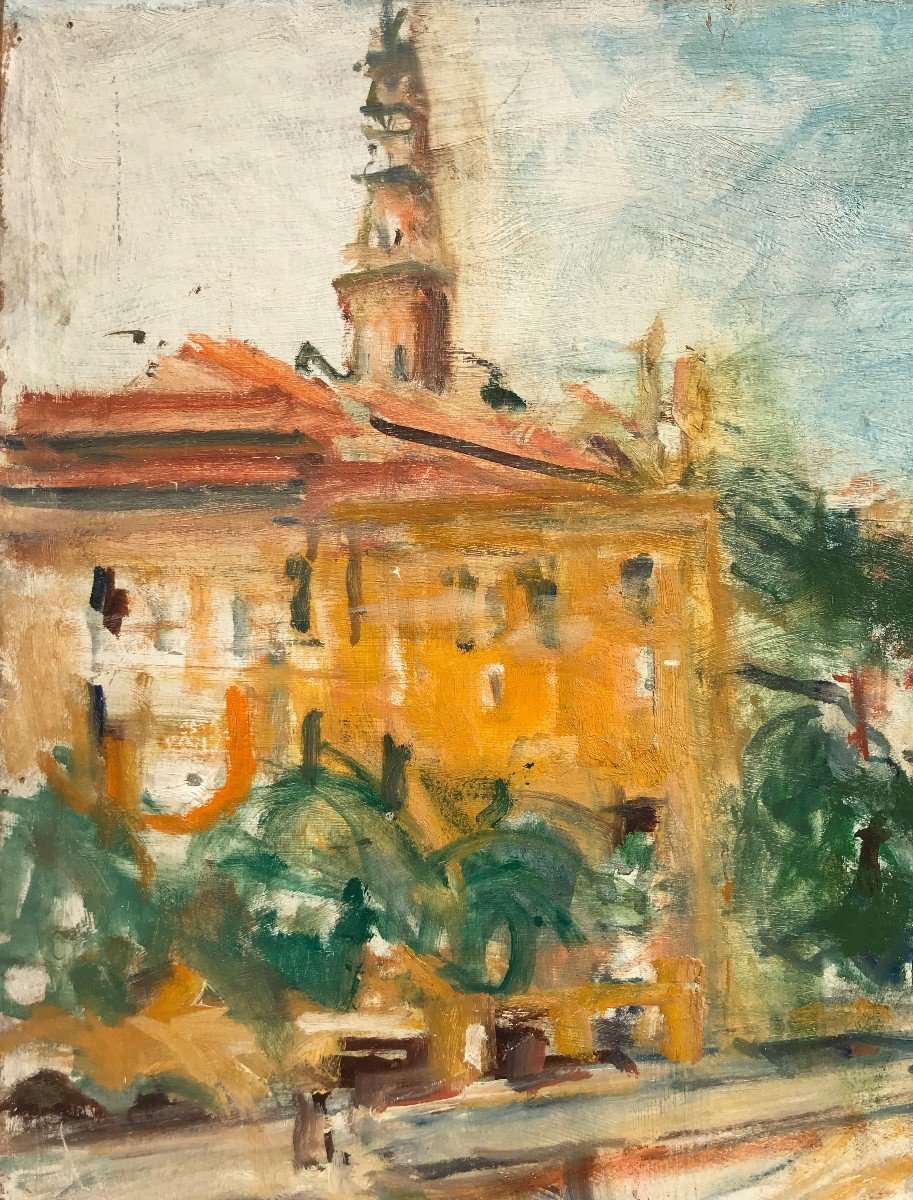
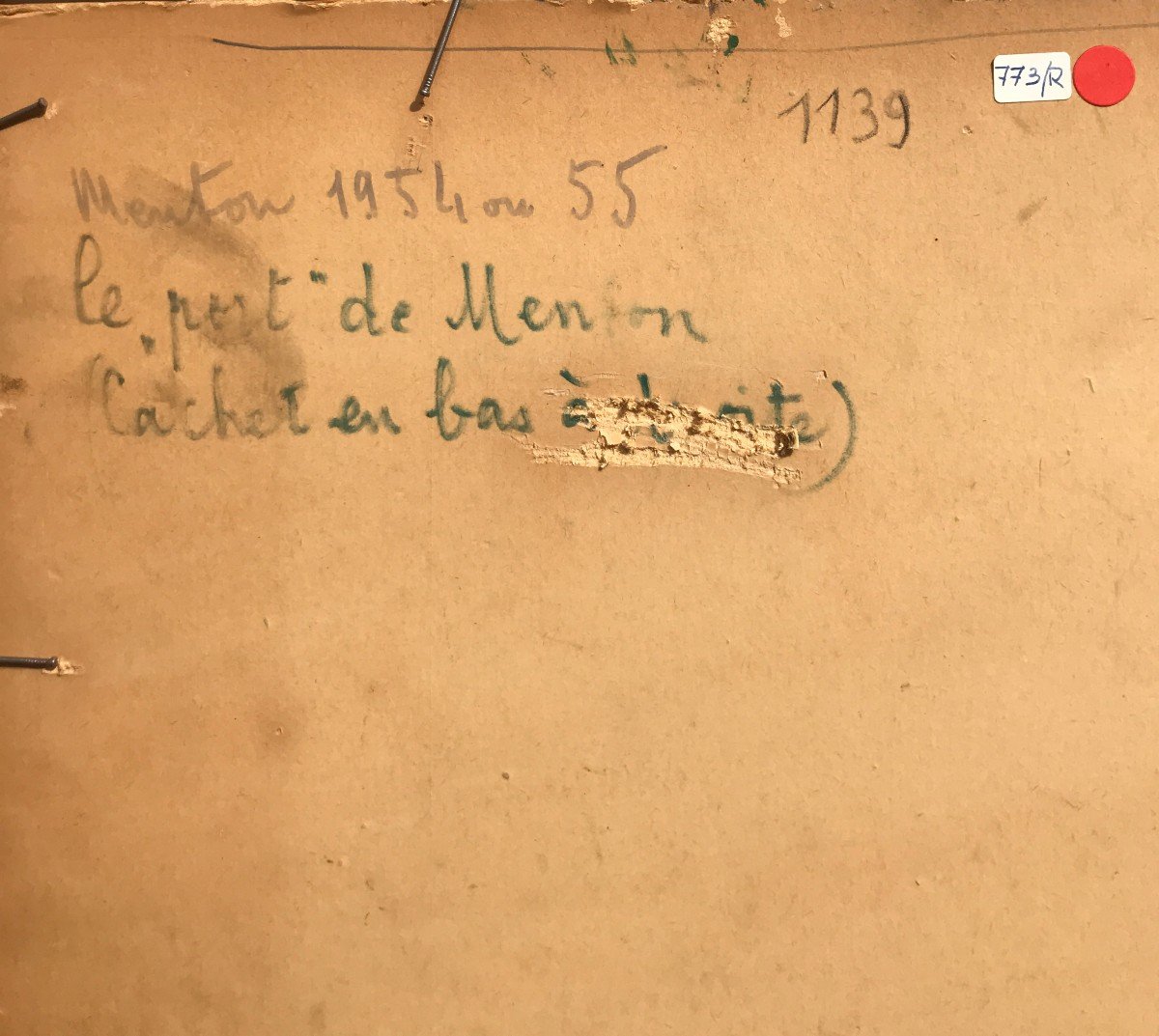





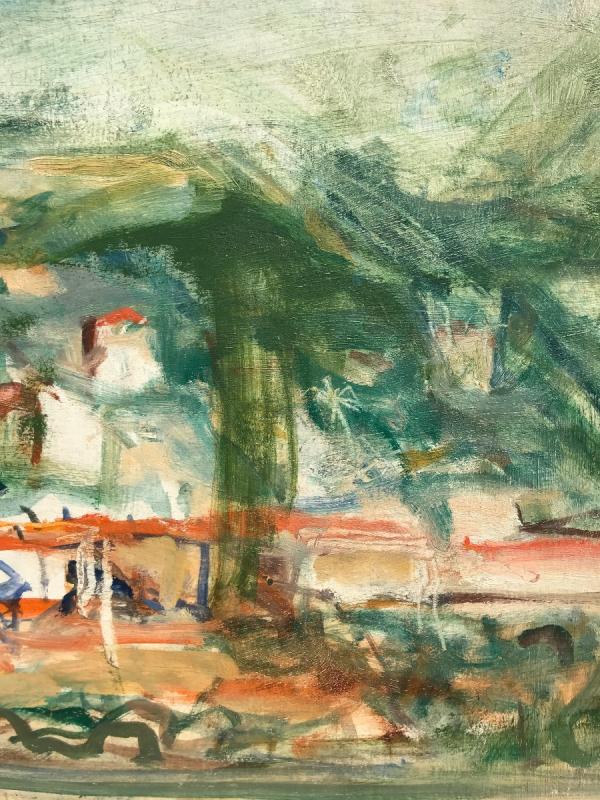









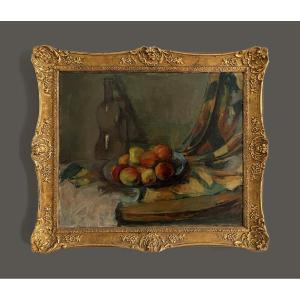
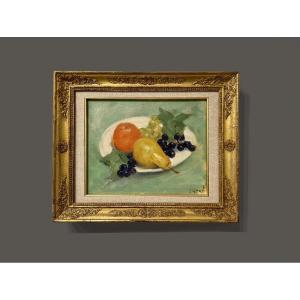





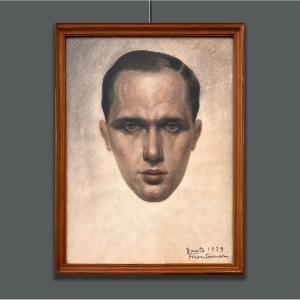


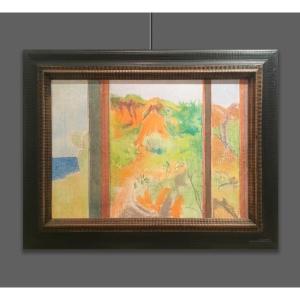

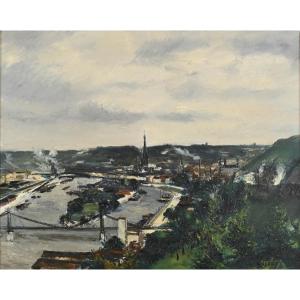






 Le Magazine de PROANTIC
Le Magazine de PROANTIC TRÉSORS Magazine
TRÉSORS Magazine Rivista Artiquariato
Rivista Artiquariato